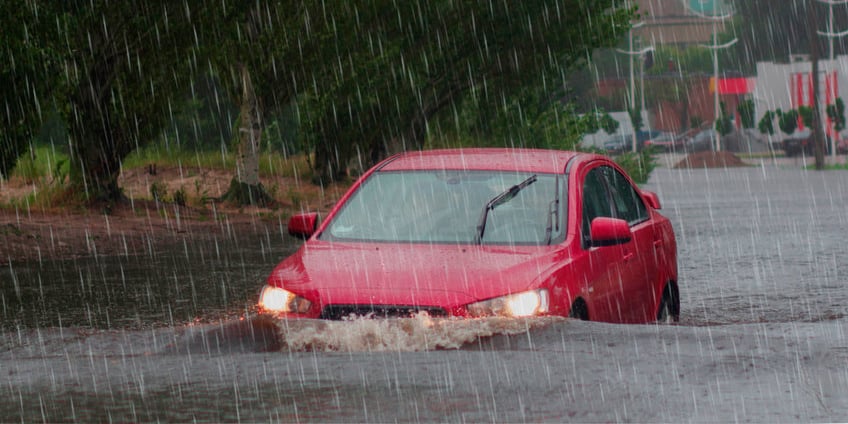
Though your team may have a general disaster preparedness plan that you can fall back on if a tornado were to strike, or if a large flood were to inundate surrounding communities, how often do you evaluate this plan and the effectiveness of the disaster resources, protocols and equipment you have in place?
While natural disasters are often hard to predict, knowing what types of disasters occur in your region, as well as the accompanying distractions, is critical for successful emergency health care planning and ensuring that your team always has the right resources on hand, before, during and after a disaster strikes.
Natural disasters
Depending on the region they’re in, certain hospitals and EMTs may be impacted by natural disasters that affect the health and wellbeing of patients, staff and providers. Many rural hospitals encounter and can be overwhelmed by natural disasters such as floods, tornadoes, hurricanes and winter storms. Oftentimes there will be forewarnings of these events on the news or emergency warning systems; your team should always keep your eyes and ears peeled for any warnings of natural disasters in and around your area.
When disasters occur, sometimes hospitals will serve as temporary shelters for community members, even those who don’t have critical injuries. Your team’s emergency plans should take these accommodations into consideration as well.
Environmental distractions
Unlike in standard training scenarios, where you may be practicing treating patients in more controlled environments, in the real world, there are unavoidable environmental distractions that make it harder to respond safely and efficiently to patients’ needs. Bystanders may be yelling, crying or asking for clarification about a patient’s condition, and crime scenes may attract distractions that take you away from the most important task at hand — tending to your patient.
EMTs also encounter a host of distractions when driving ambulances to and from treatment sites. Distracted driving contributes to many EMS injuries and fatalities, which is not surprising, considering providers are often at greater risk than the average driver because of task-switching, emergency lights, sirens, radios and navigation aids.
Being an EMT requires rapid thinking and resourcefulness in tough circumstances, and it’s important that your team practices regularly in simulated high-stress scenarios. This method of training will help condition your nervous system not to panic, to think clearly and to competently treat patients in any setting.
Auto accidents
Auto accidents account for many of the emergencies that EMS providers respond to year round. Certain times of year, however, are associated with upticks in auto accidents. During summer months, for instance, more people are out and about on the road.
No matter the time of year, securing a car accident scene can be a source of significant stress for providers, as they may be treating accident victims at the scene while police may be collecting evidence that must be preserved meticulously. Additionally, onlookers and distracted drivers may wander over to the scene to observe what’s happening, sometimes making a bad situation even worse.
To keep things in control for as long as possible, it’s essential that EMTs secure the scene from outside interference, ensure law enforcement is on the way and work with law enforcement to secure the area as quickly and safely as possible. In high-risk accident situations, like near a mass shooting or busy roadway, providers should reduce risks by creating barriers and parking their ambulance in between their patient and the roadway. This is critical for avoiding another potential incident.
Having the right suction unit on hand
Remaining equipped with the right tools is an important step in ensuring you and your team are prepared to work in any disaster condition or environment. SSCOR’s D-Cell Suction Unit is an essential tool for all EMS providers, and a particularly important tool for treatment in disaster scenarios and distracting environments.
The unit, which runs on D-Cell Alkaline batteries and has a six- to nine-hour runtime, is designed for extended periods of storage in disaster preparedness caches, where it doesn’t need to be charged continuously. It’s ideal for emergencies where external power sources are not at your disposal or EMS/hospitals are dealing with patient surges or power outages. The D-Cell Suction Unit also provides a powerful medical vacuum for use in more delicate procedures like tracheal suction in adults and neonates.
The bottom line: having the right training, resources and equipment is vital for ensuring you and your team are prepared to handle treatment in any disaster scenario. The Department of Homeland Security offers tips on emergency disaster response and preparedness, such as the Emergency Management Institute's on-site and online training courses for guiding EMS agencies of all sizes in planning for natural disasters. For more information on disaster preparedness and necessary equipment for your team, check out SSCOR’s tips for evaluating and improving your disaster preparedness plan.













